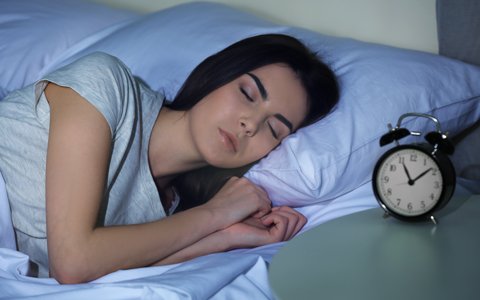Insomnia and regulation of sleep-wake cycle with drugs among adolescent risky drinkers
Study Objectives: We aimed to explore symptoms of insomnia in a group of youths characterized as engaging in risky drinking, their use of drugs as sleep/wake aids, and the relationships between alcohol and other drug use and insomnia.
Methods: Face-to-face interviews were conducted with 596 Australian 14 to 19-year-olds identified as engaging in regular risky drinking. They completed the Insomnia Severity Index and were assessed for recent alcohol and other drug use, including drugs used specifically as sleep aids or to stay awake. Alcohol-related problems, emotional distress, self-control, and working outside of traditional hours were also assessed using validated scales.
Results: More than one-third of the study participants (36%) reported moderate to very severe sleep-onset insomnia, and 39% screened positive for clinical insomnia using adolescent criteria. Three-fourths used drugs in the past 2 weeks to regulate their sleep cycle (65% used stimulants to stay awake, mainly caffeine, and 32% used a depressant to get to sleep, mainly cannabis). Regression analyses showed that after controlling for variables such as sex, emotional distress, self-control, alcohol use problems, and past 6-month illicit or non-prescribed drug use, those who used drugs specifically to get to sleep or to stay awake were 2.0 (P < .001) and 1.7 (P = .02) times more likely to report clinical insomnia, respectively.
Conclusions: Insomnia was commonly reported in this community sample of adolescents characterized as engaging in risky drinking. Those with symptoms of insomnia appeared to be managing their sleep-related symptoms through alcohol and other drug use, which may have further exacerbated their sleep issues.












